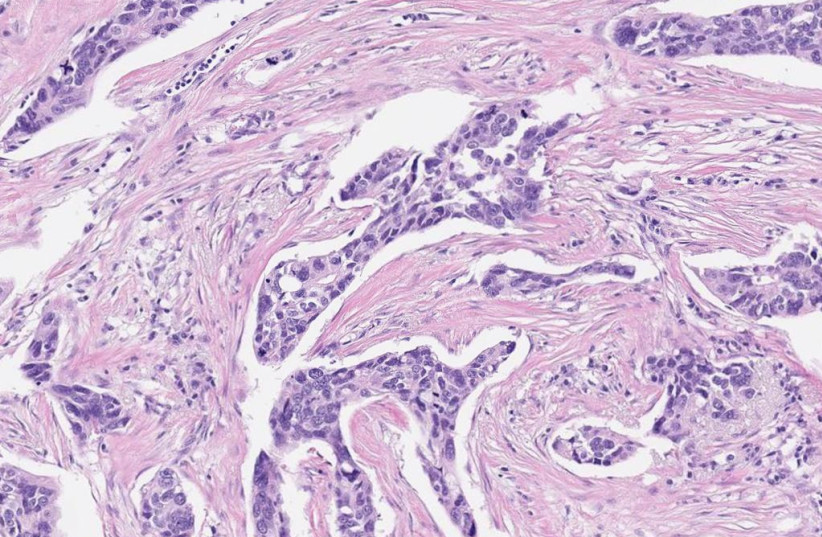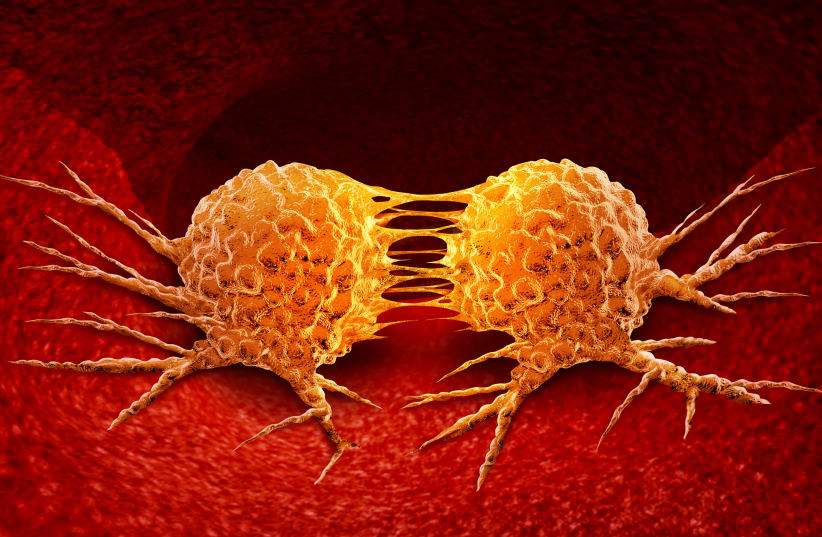Although the Nazis and their collaborators knew the 170,000 Jews crowded into the Lodz (Litzmannstadt) Ghetto would eventually be transferred to the Auschwitz and Chelmno death camps, the 170 physicians, along with nurses and midwives from the ghetto’s five hospitals, examined them regularly and kept meticulous records of their medical condition and starvation.
These medical and death records were discovered after World War II and revealed information that can illuminate issues of chronic diseases and longevity.
The main causes of death during the 3.5 years that the ghetto existed were exhaustion, infectious diseases and extreme malnutrition. The food supply for the ghetto residents was quickly reduced after the Nazis walled off the ghetto in May 1941.
At first, those regarded as healthy enough to go to work were allocated about 700 calories’ worth per day; those unable to work in the city’s metal, textile and leather industries received half as much. The meat was from horses and the soup from cats or oxtail. The disabled were shot to death.
Two articles written in the latest (April) edition of IMAJ (the Israel Medical Association Journal) by Dr. George Weisz of the University of New South Wales in Australia and the University of New England, Armidale, who was assisted by Richard Haber of Notre Dame University in Sydney, Australia, noted that according to the records, deaths of Jews from chronic illnesses were rare.

They were starving, but to the surprise of those who examined them, cases of cancer, myocardial infarction (heart attacks) and diabetes were almost unknown among the ghetto inmates, despite the extreme physical stress and psychological anxiety they suffered.
The Australian authors reached the conclusion that lack of food was probably responsible for this and that cancer, heart attacks and diabetes thrive when people eat excess Westernized food. The lack of heart attacks was especially surprising given the great anxiety and physical stress they endured, they said.
“Since the turn of the 20th century, Westernization, or the processing and the altering of food quality, has led to the development of significant pathology,” wrote Weisz. “Although the metabolic changes in Westernized society have led to increased longevity, it has also led to an increase in diabetes and cardiac morbidity.”
Indigenous people who developed chronic disease from a cornucopia of Westernized food include the Inuit of Canada, Eskimos in Alaska, Pima Indians in the American South, Australian aboriginals, Indians in the Himalayas and, in our day, Ethiopian Jews who immigrated to Israel.
A doctor at the Carlsbad Plaza Medical Spa and Wellness Hotel in Bohemia noticed 130 years ago that 25% of his patients were Jews, and all of them were overweight and inactive, with a high rate of diabetes. He called this phenomenon Judenkrankheit, and it led to racist slurs that caused restrictions in Jewish immigration to the US.
In 2010, the American Cancer Society and American Diabetes Association said diabetics were at a significantly higher risk of many forms of cancer. But in the Lodz Ghetto, diabetes cases were extremely rare, with only three cases recorded.
Nobel laureate Otto Henrih Warburg, who headed Berlin’s Cell Physiology Institute, discovered a century ago that fermentation of glucose and especially fructose in cancer cells would influence the future treatment for malignancies.
The second article noted that the gradual starvation of the Jews of the Lodz Ghetto caused the atrophy of the heart but not clogged arteries and heart attacks. The Jews barely subsisted and lacked adequate food and obviously received no Westernized, processed food, which contributed to the near absence of the three chronic diseases, the authors said.
“Associating the starving ghetto population with its surprising lack of diagnosed diabetes and with a very low incidence of malignancy during the 1940s with another population later in the century would not be acceptable,” Weisz concluded. “Nonetheless, both populations were based on the same metabolic and nutritional background before exposure that would perhaps allow some association.”
While starvation is certainly not recommended, the avoidance of highly processed, Westernized food that is advocated by contemporary clinical dietitians could be a healthful guide to those living in today’s world.
